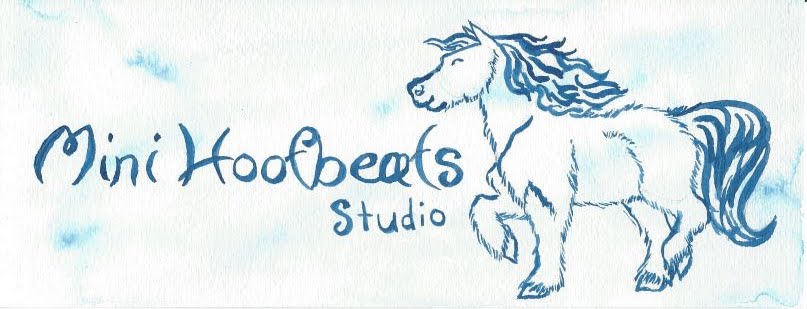Yes, there are Photo Shows that have classes for Dinosaurs, as well as other animals - real or mythical. Come to find out, MEPSA has a once a year special for all the non-horsie plastic animals. Of course, I was thinking of passing on the opportunity of doing something with all my plastic animals that are just sitting around doing nothing and not being played with. But then I thought, why not? It was fun getting them all out and picking out who's in the greatest condition to show. As it is, a vast majority of these guys I've had since I was a little girl.
These are from two photo shoots, one at home (the little guys that need my mom's Macro Lens) and one while camping last weekend (the big guys - it was really weird not bringing any horsies!). Here are some of my favorites.
This one came with a paleontologist Barbie outfit.
I have three (or four?) of this same mold and they all are slightly different from each other in the same uniform green.
This is Petrie from The Land Before Time.
I have two of these guys.
This long-neck came with the orange Stegosaurus at the top.
I have three of him - all different shades of green.
I have no idea where or when I got him. He's apart of my oldest collection. Anybody knows what the JP logo is on his flank?
I entered this guy even though he has a LOT of play scuffs and rubs.
This girl is apart of the most recent collection. I had never seen one like her.
He's my newest guy. He's a Breyer Collecta and I thought they did a great job portraying a different pose other than just standing there. Got him for Christmas last year.
This is Little Foot from The Land Before Time. That is, I think he's Little Foot. I think I might have two Little Foots....???
Here's Spike, also from The Land Before Time....You could probably tell what one of my favorite series was when I was a kid.
I think this guy came from my brother's Mega Bloks Dragons set. I really liked his coloring in comparison to the other dragons available in the sets.
This girl was a pain to photograph! Her head is just too far away from her body to come in-focus. This was the best I got!
This guy's one of the big ones.
She is too. It was weird getting them out. They felt almost small. But then, I was smaller then.
Talk about nearly blinding yourself while trying to get a flying photo!
This is Aladar or Alidar - can't remember how to spell his name, both look foreign to me. Anyways, he's an Iguanadon and he's from Disney's "Dinousaur." I loved that movie!
And Sally, I think it was Sally...? Obviously I didn't drill myself on my plastic animal names as often as I did my Breyers.
























































